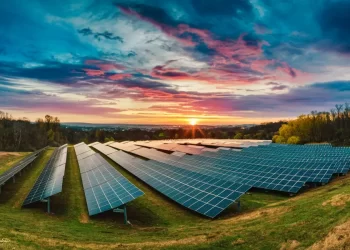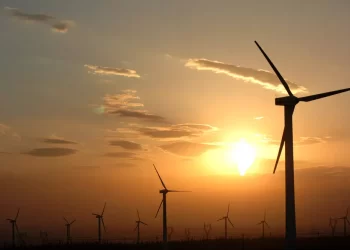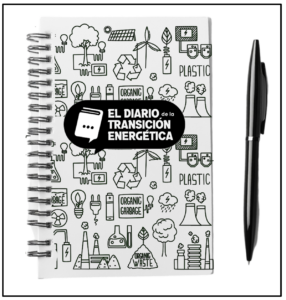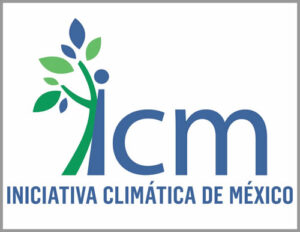Jude Clemente / Forbes
We all know that Mexico is importing huge amounts of piped U.S. natural gas (see here ), now at around 4.1 Bcf/d and mostly coming through Texas. And our pipeline capacity to export to Mexico will expand by nearly 50% to 11 Bcf/d by summer, surging to at least 15 Bcf/d by the end of next year. Just a few days ago, Energy Transfer Partners' launched its Trans-Pecos cross-border pipeline, adding an additional 1.4 Bcf/d to Mexico's gas pipeline system and one of four new privately owned such lines that will be operating by summer.
There are now nearly 20 gas pipelines that enter Mexico from the United States. Less environmental pushback in Mexico against required energy infrastructure (both from the government and public) will continually make new builds easier as demand rises. As a still developing nation, huge latent demand potential in the country makes investments particularly attractive as deregulation in Mexico progresses. Demand for modern fuels like oil and gas in Mexico is growing at 3-5% per year.
What's not so well known, however, is that Mexico is also the main source of U.S. LNG, perhaps the world?s fastest growing energy market and the main arena where the U.S. stands to rapidly increases its global relevance. Mexico has been taking in loads of U.S. LNG from Sabine Pass, the only current U.S. LNG export facility in the contiguous United States. As of end of March, Mexico accounted for 18 of the 90 cargoes that left Sabine Pass since operations commenced in February 2016 (note: as of writing, there are about 10-12 more U.S. tankers in route to destinations).

 Transporte y Logística
Transporte y Logística Tecnología e Innovación
Tecnología e Innovación Sustentabilidad
Sustentabilidad Responsabilidad Social
Responsabilidad Social Crisis Climática
Crisis Climática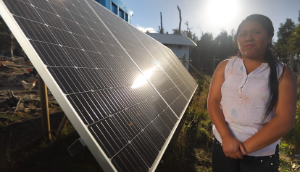 Pobreza Energética
Pobreza Energética Revista
Revista

 Infografías
Infografías



